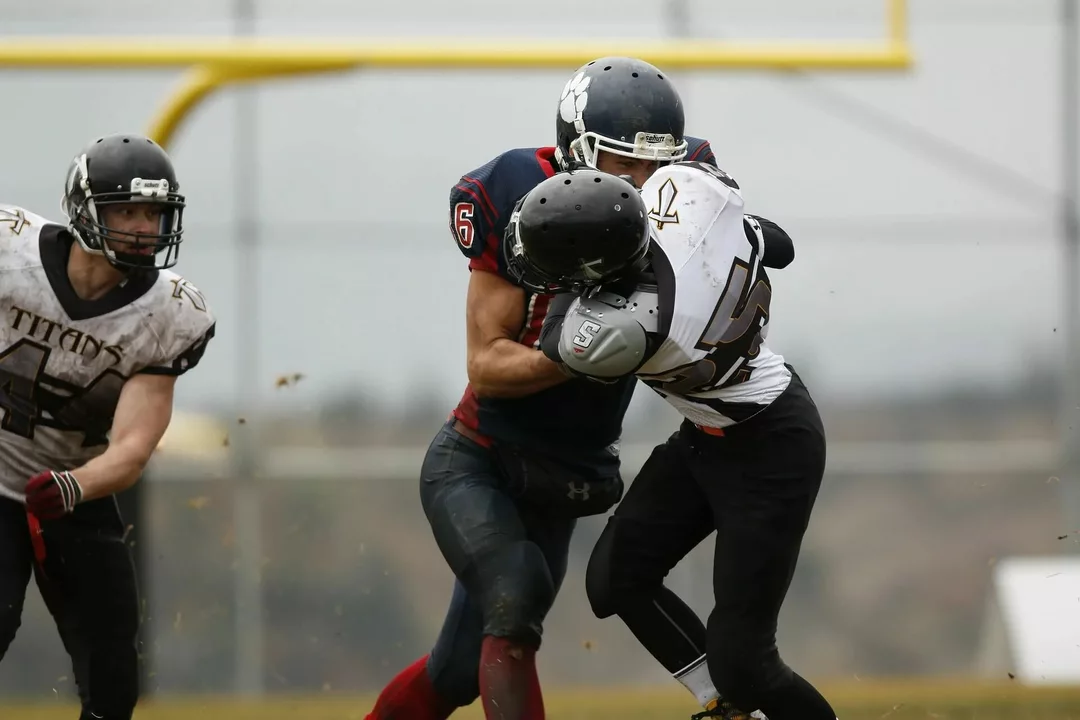Brain Injury Basics for Rugby Players and Supporters
Rugby is fast, physical, and fun, but the contact part means head impacts can happen. Knowing what a brain injury looks like, how to react, and how to prevent it can make the difference between a short recovery and a long‑term problem.
Spotting the Signs – When a Head Hit Is More Than a Bruise
If a player is knocked out, feels dizzy, has a headache that won’t quit, or can’t remember the play before the hit, treat it as a possible concussion. Look for blurry vision, nausea, balance issues, or unusually sleepy behaviour. Even if the player seems fine, watch for changes in mood or confusion over the next few hours. Those subtle cues often signal a brain injury that needs attention.
Immediate Steps and Long‑Term Care
First, stop the game and get the player off the field. Have a qualified medical person do a quick assessment – check memory, coordination, and symptoms. If any red flags appear, call emergency services. After the initial check, the player should rest and avoid anything that could jar the brain, like screens or intense exercise. Follow a graduated return‑to‑play protocol: light activity, then gradual increase under medical supervision. Skipping steps raises the risk of a second, more serious injury.
Long‑term, keep an eye on lingering headaches, sleep problems, or mood swings. Regular check‑ins with a sports doctor help catch issues early. Some clubs use baseline testing at the start of the season so they can compare post‑injury results and make safer decisions.
Prevention – Simple Changes That Cut the Risk
Good technique is the first line of defence. Teaching players how to tackle low, keep the head up, and roll with impact reduces head hits. Helmets aren’t used in rugby, but proper mouthguards and well‑fitted headgear can soften blows. Conditioning the neck and core also helps absorb forces better.
Rules matter, too. Enforcing penalties for dangerous high tackles sends a clear message that head safety isn’t optional. Many leagues now have a “head‑check” policy where referees can stop play for a suspected concussion, even without a whistle.
Finally, create a culture where players feel comfortable reporting symptoms. No one wants to look weak, but admitting you feel off protects the whole team. Coaches, parents, and fans should praise honesty as much as a big tackle.
By recognizing the signs, acting fast, and building safer habits, you help keep rugby exciting without sacrificing brain health. Stay aware, stay safe, and enjoy the game knowing you’ve done the right thing for yourself and your mates.
Should a high school rugby player be worried about CTE?
As a high school rugby player, the concern about CTE (Chronic Traumatic Encephalopathy) is definitely something to be aware of. This degenerative brain disease is linked to repeated head injuries, which can be quite common in contact sports like rugby. However, it's important to remember that wearing proper protective gear and practicing safe playing techniques can significantly reduce the risk. It's also crucial for coaches, parents, and players to be educated about the signs and symptoms of concussions and to take them seriously. In summary, while CTE is a valid concern, taking necessary precautions and staying informed can help minimize the risk for high school rugby players.
